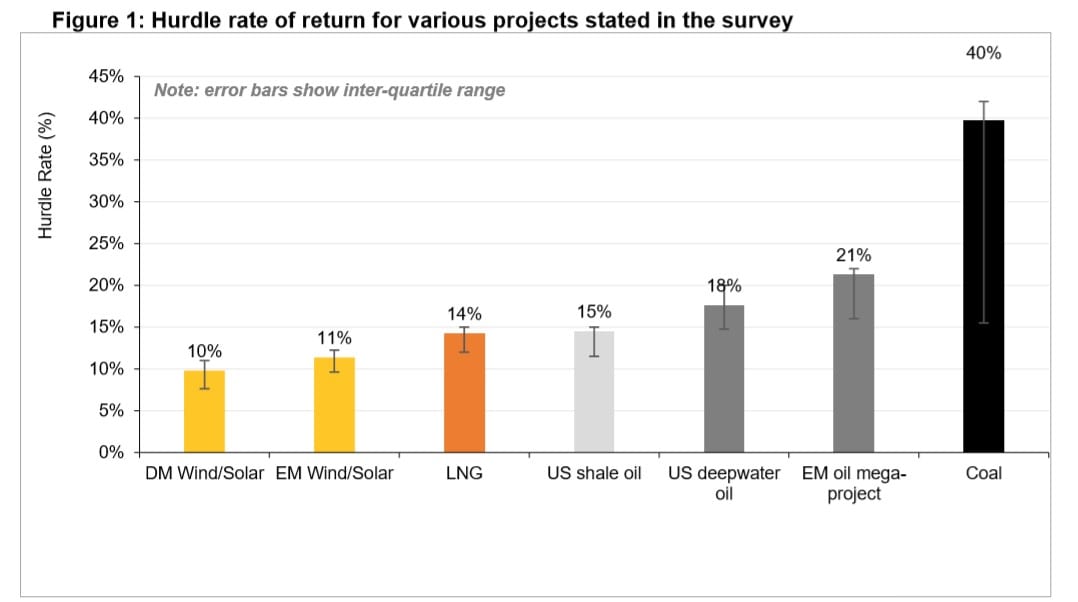TheTalkingMule
Distributed Energy Enthusiast
Not take this even further OT, but.....My BS meter jumps to life when I see Bill Gross, famous investor names and buzzwords like AI in the same article....
This article says CSP receiver temps can reach 3000C, but no receiver can handle those temps so 1000C is a practical limit. How does using AI to aim mirrors fix that?
I seem to recall a few CSP systems screwing up and aiming too much flux in too small an area, leading to molten fun. I've also read of research into working fluids that can handle the higher temps heliostats can easily generate, as that could improve thermal efficiency. It seems high temps are easy to achieve, but devilishly hard to manage.
Desert CSP is terrific in theory, plus the systems look cool. Synchronized dancing mirrors! Glowing receivers! Cheap molten salt storage for 24x7 dispatchable power! But the systems never deliver on their promises. Thousands of moving parts and long pipes full of 500-1000C oil drive costs up and create myriad failure modes.
I've always wondered why no one's taken the Nucor steel model to the desert and relied exclusively on concentrated direct heating. Problem solved!



